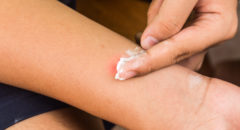
Everybody wants to have fun outside for the summer, including the bugs. While many people will take precautions like using bug spray, that doesn’t guarantee that they won’t get bitten. Worse yet, some of these bugs can be lurking in areas you least expect, such as your home or a vehicle. That’s why it’s important to know how to identify bug bites, as getting bitten by some of these annoying critters can mean needing a trip to the doctor. Here’s what you need to know.
10 Bug Bites You Should Recognize
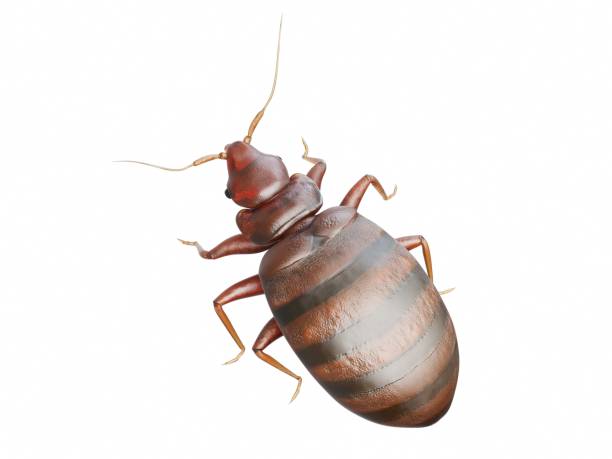
1. Bed bugs
It’s unlikely that you’ll feel when a bed bug bites you, and you probably won’t spot the bite until about two weeks have passed. That’s because these bugs have a substance in their saliva that hides their bites. When they finally become noticeable, you should see a cluster of three or four red marks in a line. If you experience an allergic reaction, the bites can become raised, blistered, or appear as welts and may become very itchy for a few days.
The bugs can bite anywhere, but they’re most likely to be found on uncovered areas like your arms, neck, hands, or face. According to the Centers for Disease and Prevention (CDC), bed bug bites don’t carry the risk for disease, but you should see a doctor if they show signs of an infection or an allergic reaction.
RELATED: 5 Early Signs of Bed Bugs You Need To Know

2. Mosquitoes
Mosquitoes are an almost unavoidable part of summer. Unlike the bed bug, you should notice a mosquito bite not long after you’ve been bitten. These bites are usually raised red or pink bumps that are itchy. They can appear on any section of your body that’s exposed, and unless you’ve been bitten by multiple mosquitoes, you should only see single bites.
The main problem with mosquito bites is that they can spread harmful viruses such as Zika, malaria, West Nile, and chikungunya. Depending on the illness, it may take up to a week for you to notice any symptoms. Some of the issues you may notice include an unexplained headache, a high fever, joint pain, body aches, a skin rash, vomiting, and diarrhea.
RELATED: WARNING: These Mosquito Bites Could Be Deadly
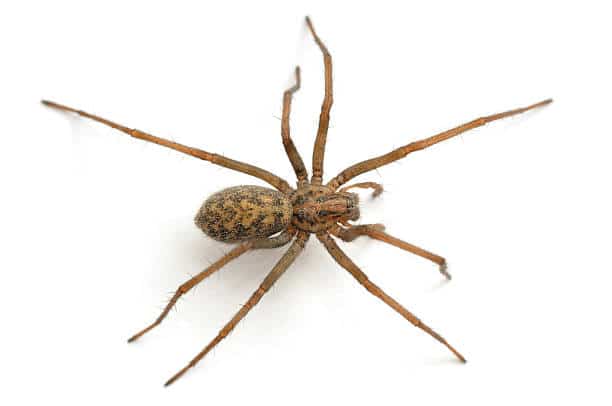
3. Brown Recluse Spiders
These venomous spiders usually love to stay in dark, solitary spaces, but that doesn’t mean you’ll never come in contact with them. Most people get bitten when they enter rarely used spaces like attics or basements, or move items that have been sitting for a long time. It may be difficult to identify where you’ve been bitten because it can take up to an hour for it to get painful.
A bite from a brown recluse spider can look like a bruise that’s surrounded by a blue-purple area. As time passes, the pain gets worse, and the bite can start to look like a blister. Other symptoms include fever, chills, itching, nausea, and sweating. It’s essential to get to the doctor if you’ve been bitten by a brown recluse spider, as the bite can continue to eat away at surrounding skin. Some people also have an allergic reaction, which can lead to seizures or kidney failure.
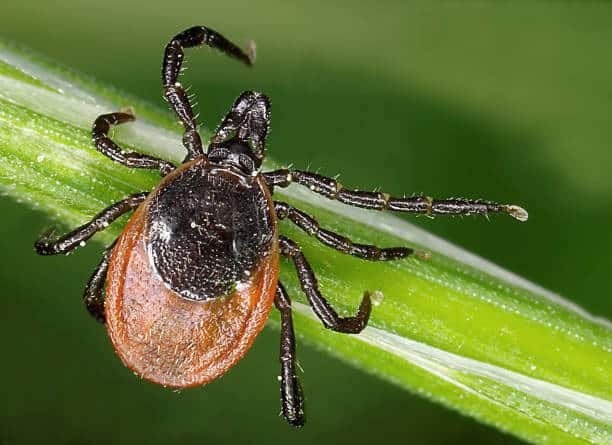
4. Ticks
Ticks and their bites can be difficult to spot because they’re so small initially. Unless you’re searching very well, you might not see a tick until it grows from feeding on your blood for a while. While their bites can cause an itchy, painful rash in some people, in many cases, nothing happens. That’s why it’s so important to know what they look like. A tick bite generally appears as a small hard lump or a rash. This can change if you get infected with another disease from being bitten.
For example, Black legged ticks can transmit Lyme disease. If that happens, you may see a skin rash that has a ringed pattern up to a month after being bitten.
RELATED: Bug Bites Can Cause Keloids?! Here’s What You Need to Know

5. Fleas
Fleas are usually outdoors, but if one of your pets gets them, you’ll have to deal with them indoors, too. While they’re most likely to be found on your ankles and legs, they can be elsewhere if you’ve been lying down for some time. Flea bites usually look like small red bumps that are in a cluster of three or four. They may be in a line or grouped, and in some cases, there may be an off-color ring around them.
Additionally, you might not notice them at the time you’ve been bitten, but flea bites generally become itchy within a few hours. There may also be swelling around the bumps. If you have an allergic reaction to the bite, you may get blisters. The bites may not transmit any diseases, but you can get a skin infection if you scratch them.

6. Lice
A lot of people stop worrying about lice during the summer, but it’s important to know that these tiny parasitic insects can live on clothes and in bedding. Depending on the species of lice you’re dealing with, they can infect your head, body, or pubic area. While these bites may not hurt, they tend to be incredibly itchy. However, this may not happen for up to six weeks after you’ve been bitten.
The appearance of the bites can also vary. You may see blue-gray spots or large, reddish rashes. Some people can have swollen lymph nodes, especially if they have pubic lice. If the lice get into your eyelashes, you may have burning or itching in the eyes.
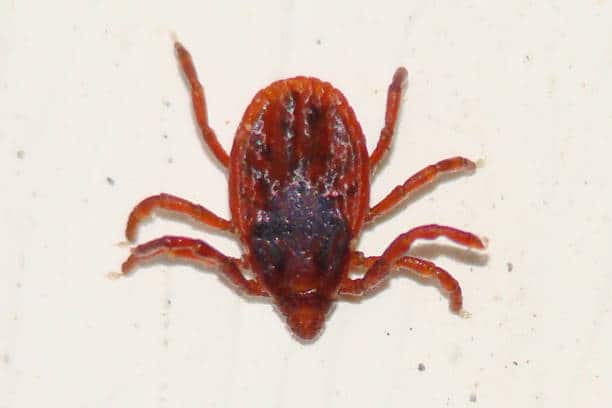
7. Mites
Interestingly, mites usually feed on insects, but that doesn’t stop them from biting people. They’re so small that you’re unlikely to see them. However, their bites are hard to miss as they’re usually itchy and painful. If you’ve been bitten, you’ll see red marks that look like a rash. With itch mites, you may develop a condition known as scabies. In this condition, female mites lay eggs under the skin. Once the eggs hatch, the resulting larvae go to the skin’s surface to molt and then dig back in to feed. When this happens, you’ll see a rash that looks like acne that’s extremely itchy. Their burrows will also form little white lines on the skin.
Chiggers, on the other hand, inject saliva into the body so they can eat the skin. They may also dig their claws into you. With these types of mites, you may see red, itchy welts. Additionally, chiggers are likely to target areas like knees, ankles, the waist, the groin, and any place where skin closely meets clothing.

8. Ants
Unlike a few of the other insects on this list, you should notice immediately when you’ve been bitten by an ant. That’s because their bites or stings can be painful. Some ants, such as fire ants, have venomous bites that cause tremendous pain and swelling. Generally, ant bites cause red, itchy bumps. In some people, these bites can lead to hives, severe itching, redness, and swelling in the area.

9. Kissing Bugs
Their name may be cute, but these insects can transmit the parasites that cause Chagas disease. Kissing bugs are usually most active at night and are known to bite people mostly on the face. If this happens, you’re going to have swelling in the area. If you get Chagas disease, you may experience fever, fatigue, a headache, a skin rash, loss of appetite, body aches, and vomiting. In some people, though, the disease doesn’t present with any symptoms.
You may even develop long-term complications from the infection. These can include heart failure, an enlarged heart, an abnormal heart rhythm, and a higher risk of cardiac arrest.
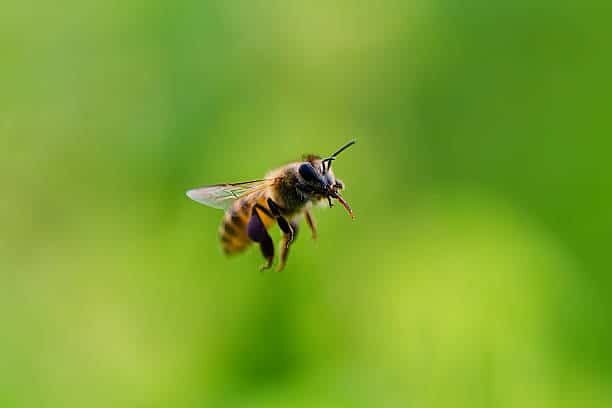
10. Bees and Wasps
Depending on where you live, bees and wasps may be out and about all the time. Once again, you’re likely to know when you’ve been stung. However, wasp stings tend to be more painful than bee stings. Both of them can form red, swollen welts, but the duration of the pain can vary.
The main problem with these stings is that you can have an allergic reaction. In that case, you may notice more severe swelling or redness in a simple reaction. Other signs of an allergic reaction include hives, flushed skin, trouble breathing, dizziness, a swollen tongue, cramps, nausea, vomiting, diarrhea, and cardiac arrest. Anaphylactic shock is a severe reaction that can result in death, so you need to go to the emergency room immediately.
RELATED: 3 Natural Remedies for Itchy Bug Bites
How to Soothe Bug Bites Naturally
Though some people may opt for over-the-counter medications like antihistamines or hydrocortisone to deal with bug bites, it’s possible to treat them naturally. That’s because certain natural options can neutralize the acid in an insect’s bite while also reducing inflammation and itching.
One common remedy is baking soda. To use it, you can combine a teaspoon of baking soda with enough water to make a paste and apply it to the bite. It’s best to leave the paste on the affected area for 10 minutes before washing it off. Since it’s unlikely for baking soda to irritate your skin, you can use it several times per day.
Aloe vera gel can also relieve itchy skin and reduce inflammation. You can get it over the counter or make your own by removing the gel from the leaves of the aloe vera plant. Ice or a cold compress can also help soothe your itchy skin.
If you have several bug bites, then an oatmeal bath may be more helpful than applying treatments to individual bites. For this one, a cup of oatmeal or ground oats in a bath full of water is all you need. You should soak in the bath for at least 20 minutes before getting out.
A few other home remedies that may work include apple cider vinegar, freshly cut thyme leaves, peppermint oil, chamomile tea, witch hazel, onion, garlic, and arnica. Some people tout the effectiveness of honey, basil, white vinegar, and toothpaste, but the experts are divided on how well they work.
When to See Your Doctor for Bug Bites
It’s always good to have a few homemade remedies on hand to deal with the swelling and itchiness that come with bug bites. However, that doesn’t mean you never have to get a doctor involved. Some bug bites or stings can cause anaphylactic shock, which is a severe allergic reaction.
If this happens, your tongue or mouth may swell, you may have trouble breathing or swallowing, you may develop hives, and you may have abdominal pain accompanied by vomiting. In this case, you need immediate medical attention as anaphylactic shock is fatal if it’s not treated.
You should also see your doctor about tick bites, as there’s a significant risk of developing Lyme disease depending on the length of exposure to the tick. There are also other tick-borne diseases that have to be treated by a doctor. Some of the symptoms to look out for include a skin rash that has a ring-like pattern, unexplained fever, headaches, joint pain, an upset stomach, and chills. Without a doctor’s intervention, your condition may worsen, leading to painful joints, memory loss, and symptoms that mimic an autoimmune condition.
Finally, if you keep scratching the bite, you run the risk of developing a skin infection. In some cases, it can happen regardless of how careful you are about scratching. A few signs of an infection include significant swelling and tenderness where you were bitten, a sudden fever, chills, and redness that extends from the bite. It’s best to visit your doctor as soon as possible so you can be prescribed the appropriate medication.
Summer and bug bites seem to go hand in hand, but that doesn’t mean you can’t do anything about them. While you try to protect yourself as best as possible, make sure to have a few homemade remedies ready so you can soothe the bites before itching and redness get any worse. If things worsen or you think you’ve been bitten by an insect that spreads diseases, you should see your doctor quickly.







